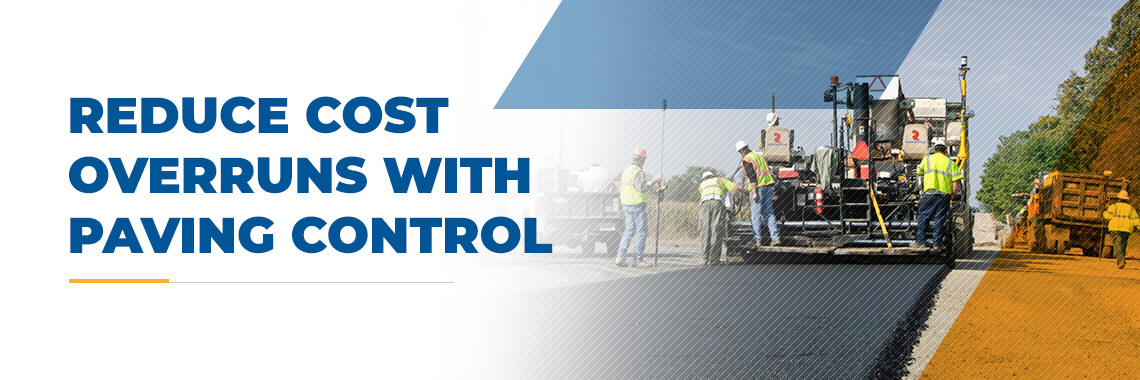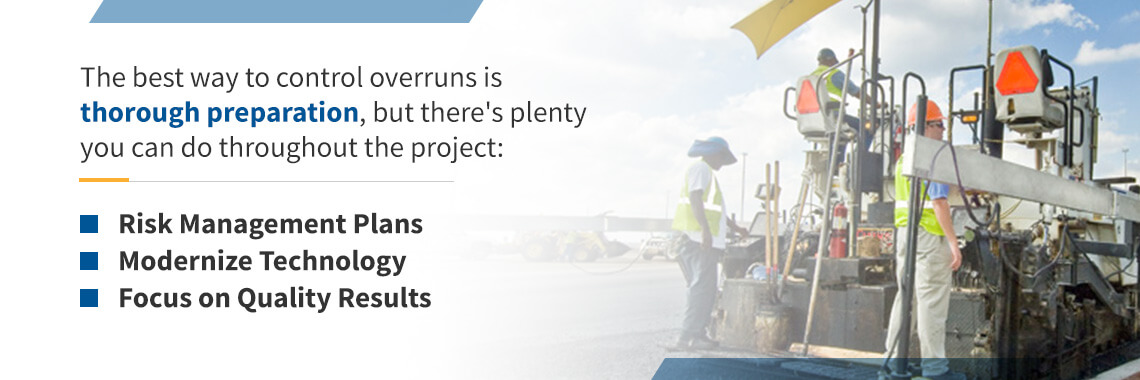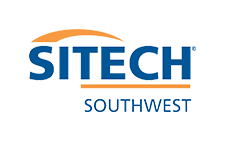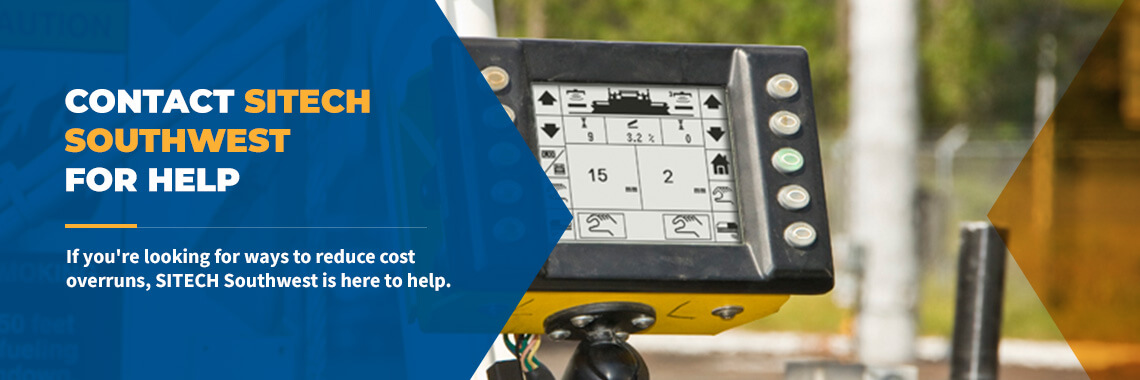
Contractors are always on the lookout for ways to save costs, yet McKinsey tells us that time and cost overruns are the norm in the construction industry. From materials to labor and equipment costs, overruns can occur in many parts of a project. Fortunately, there are ways to prepare and understand your costs from the start. Modern technology offers plenty of efficient tools, like paving control, to help bring accuracy, speed and other benefits to the project.
Reducing cost overruns often comes down to planning, but there are many steps you can take during construction to keep things on track.
JUMP TO SECTION
Calculating Budget
The first step in reducing construction cost overruns is understanding your costs. Construction budgeting can be complex, and with so many moving parts, it’s easy for elements to shift during the project. This is especially true for traditional design-bid-build projects.
In these instances, contractors, architects and owners focus on their own domains. The owner isn’t worried about the details of a build that would increase costs, and the architect might not see how design changes impact the budget. These players might keep to themselves and don’t always share details with everyone else involved in a project. If the contractor isn’t updated on changes right away, costs could quickly balloon.
Perhaps a better method for calculating budgets is following a design-build plan. This approach brings the contractor in much sooner, so they can discuss the details of the project before plans are finalized. Say an owner wants to change the material used for an element. The contractor can point out how it affects costs and contribute to decisions from the start.
When it’s time to identify material and labor requirements, many contractors use a schedule of values (SOV). The SOV shows the steps in chronological order, outlining the payment values associated with each task. It identifies costs from categories including labor, materials and equipment requirements to provide a comprehensive overview of costs. The more accurate the SOV, the better.
Creating an accurate SOV depends on the information that goes into it. Overly broad sections or inaccurate pricing indexes could lead to project overruns. To limit overruns, pay attention to these cost sources and how detailed they are. Paving control systems can help here, offering precise reflections of material usage and labor needs due to a 2D or 3D representation of the job site.
Smart planning during these steps can make a big difference in boosting profit margins. While your budget needs to be planned well in advance, you also benefit from tracking your budget while you work. By comparing your expected costs to your actual costs as you go, you can more readily spot deviations and make adjustments to prevent overruns.
Avoiding Common Overruns That Ruin Profit
Let’s review a few examples. In paving, the following elements commonly result in overruns that hurt profits:
- Texture: Rougher or rockier surfaces often require more material to fill due to varying yields and application rates. Consider your surface texture when budgeting to get a better idea of the final price.
- Thickness: If the pavement you’re removing is thicker than expected, the additional costs associated with the work can show up as overruns. Consider coring the pavement beforehand or stipulating that thicknesses over a certain depth will cost extra.
- Crack size: Some cracks are deceptive, appearing smaller than they truly are thanks to dust, debris and dirt. Be sure to clean cracks out before assessing costs to ensure you understand how much material and labor they’ll require.
Controlling Overruns in Construction

The best way to control overruns is thorough preparation, but there’s plenty you can do throughout the project:
Risk Management Plans
You can’t predict every risk in a project, but you can still have plans in place for some of them. Run through your SOV and look for any areas where you might anticipate hiccups. Create a defined plan for how you’ll avoid and respond to these occurrences.
For the risks you can’t predict, there’s insurance. Consider your coverage for events that are out of your control, such as weather. You may also want to review your contract and see if you shift the risk to something else in the project.
Modernize Technology
If you’re still relying on phone calls and mailed invoices, you probably have room to streamline your technology, including communications, oversight and project management. Here’s how modern technology can help you reduce overruns in different areas:
- Material delays: You can’t control every part of the supply chain, but you can use technology to keep track of it and communicate with vendors. You can track supplies and receive notifications for following up with vendors to ensure on-time deliveries.
- Project monitoring: Maximize job site efficiency through better monitoring and analysis. You can keep a close eye on supply levels, ensure high productivity and see the whole picture of progress from a project management platform. Workers can upload photos and videos of progress, and all change requests can go through a centralized solution, ensuring the contractor is always up to speed.
- Budget estimation and forecasting: Software can also take advantage of complex algorithms and pricing information to provide more accurate budget estimates, especially when paired with 3D models. Comprehensive software can factor in information from past, present and future projects for a more dynamic overview of project accounting.
Focus on Quality Results
Reworks are particularly costly. If the project isn’t done right the first time, you’ll need to spend time and resources doing it again, but you may also need to pull up the previous material. Plus, better quality can help you earn smoothness bonuses. You can take many steps to improve quality, but one of the best ways is to implement paving control systems.
Paving control is available for many pieces of paving equipment, like asphalt pavers, milling machines and compactors. It works alongside a 2D or 3D reference model to implement precise control and quality, even for complex designs and tight requirements. Trimble paving control systems are compatible with various sensors and reference types, like sonic signals and slope sensors to accommodate various budgets and work sites.
Better quality means fewer overruns, and these systems achieve it through greater control and oversight. Paving control systems can also help improve efficiency. They can optimize site movement for more cost-effective fuel usage and faster paving.
Contact SITECH Southwest for Help
If you’re looking for ways to reduce cost overruns, SITECH Southwest is here to help. We’re the leading construction technology solution provider in Arizona and Southeast California. As an authorized Trimble dealer, we can help you implement construction software and paving control, along with the devices you need to get the most out of them. But we do more than supply you with the tools — we offer professional training and service to help you get the most from your investment.
Learn more about our paving control systems or reach out to us for more information.

